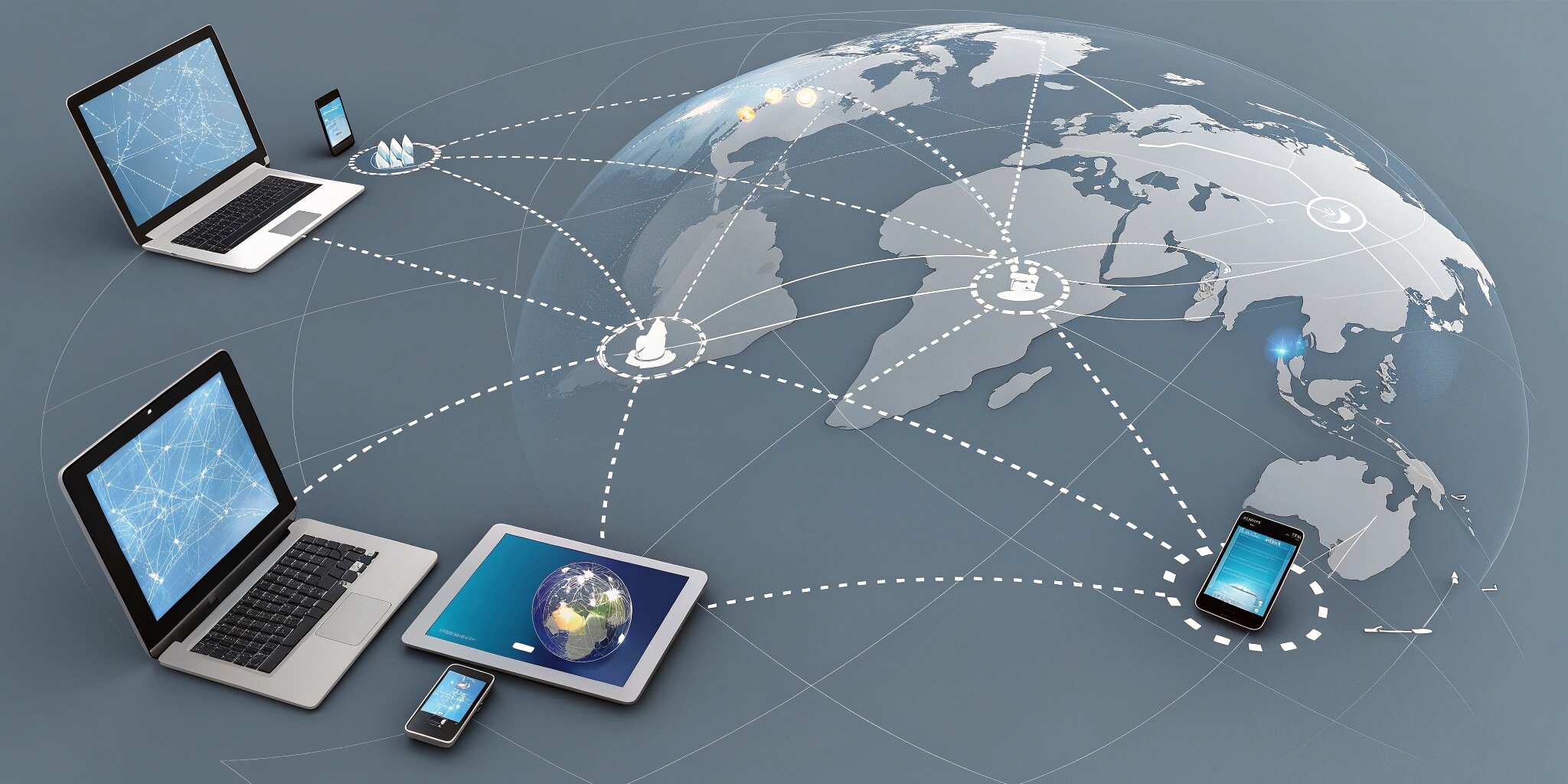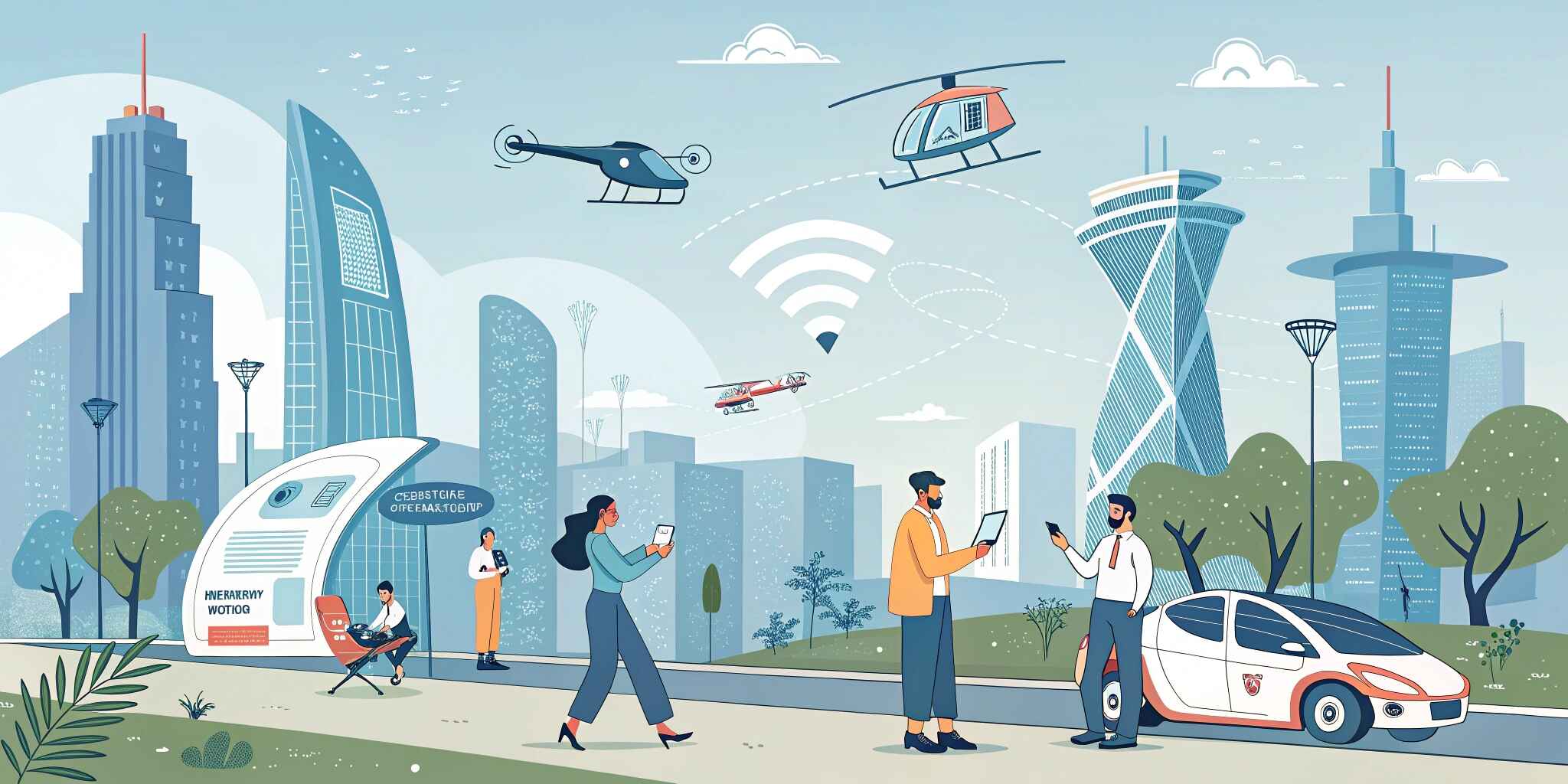In today’s interconnected world, Information Technology (IT) stands as the cornerstone of global communication and collaboration. Over the past few decades, IT has transformed how people, teams, and organizations interact—making distance and time barriers almost irrelevant. With the advancement of the internet, cloud computing, and communication tools, the world has become a truly global village.
The Digital Revolution in Communication
Before the rise of IT, communication across borders relied heavily on traditional means—letters, faxes, or costly long-distance calls. However, IT has revolutionized this by introducing faster, cheaper, and more efficient communication channels.
Email became the first major digital communication tool, allowing instant message exchange. This evolution was followed by instant messaging apps, video conferencing platforms, and collaborative tools such as Slack, Microsoft Teams, and Zoom. These technologies allow individuals and organizations to connect, share information, and collaborate in real-time—regardless of location.
Today, real-time communication is no longer a luxury; it’s a necessity. Businesses, schools, and even governments depend on IT-driven platforms to ensure smooth and continuous interaction.
Breaking Geographical Barriers
One of the greatest impacts of IT is its ability to connect people globally. With digital tools, employees from different continents can work together as if they are in the same room. Teams can share data, brainstorm ideas, and track progress seamlessly using project management tools like Trello, Asana, and Notion.
Global communication networks such as cloud-based video conferencing systems and virtual workspaces have eliminated the need for physical meetings. This not only saves time and cost but also promotes inclusivity and diversity in workplaces, as talent can be hired from anywhere in the world.
Enhancing Collaboration in the Modern Workplace
IT has completely redefined how collaboration happens in organizations. Cloud computing enables teams to access, store, and share data in real-time, allowing multiple users to edit documents or contribute to projects simultaneously.
Platforms such as Google Workspace and Microsoft 365 have set new standards for collaborative work. Files stored in the cloud can be accessed securely from any device, ensuring business continuity and flexibility. These advancements have made hybrid and remote working models highly efficient and productive.
Driving Innovation and Knowledge Sharing
The ease of communication and collaboration powered by IT also fosters innovation and knowledge exchange. Professionals can share research, discuss ideas, and collaborate on projects without ever meeting physically. Open-source communities and global innovation hubs thrive on these IT-enabled connections.
For instance, developers around the world collaborate through platforms like GitHub to create and enhance software solutions collectively. Similarly, online learning platforms and digital conferences connect experts and learners worldwide, accelerating skill development and innovation.
The Role of Artificial Intelligence in Communication
Artificial Intelligence (AI) is taking IT-enabled communication to the next level. AI-driven chatbots, translation tools, and virtual assistants enable real-time multilingual communication and support 24/7 connectivity. Tools like Google Translate, AI transcription services, and speech recognition software have made communication more inclusive and accessible.
AI-powered analytics also help businesses understand communication trends, customer behavior, and employee engagement—improving overall collaboration and productivity.
Challenges in the IT-Driven Communication Era
Despite its many advantages, IT-enabled communication faces challenges. Issues such as data security, privacy breaches, and information overload remain major concerns. Cybersecurity measures must evolve continuously to protect sensitive data exchanged during online collaboration.
Additionally, cultural differences and varying communication styles across countries can lead to misunderstandings if not managed carefully. Organizations must therefore balance technological efficiency with cultural sensitivity and human connection.
The Future of Global Communication and Collaboration
The future of IT-driven communication is even more promising. With advancements in 5G technology, virtual reality (VR), and augmented reality (AR), the next generation of digital collaboration will be more immersive and engaging. Virtual meeting rooms, holographic conferences, and AI-driven collaboration tools will become mainstream, enhancing global teamwork experiences like never before.
Conclusion
The impact of IT on global communication and collaboration is undeniable. It has bridged distances, enhanced efficiency, and created opportunities for innovation. As technology continues to evolve, the way humans connect and collaborate will only become more seamless, inclusive, and intelligent.
In essence, Information Technology has not just changed communication—it has redefined what it means to be connected in a globalized world.


